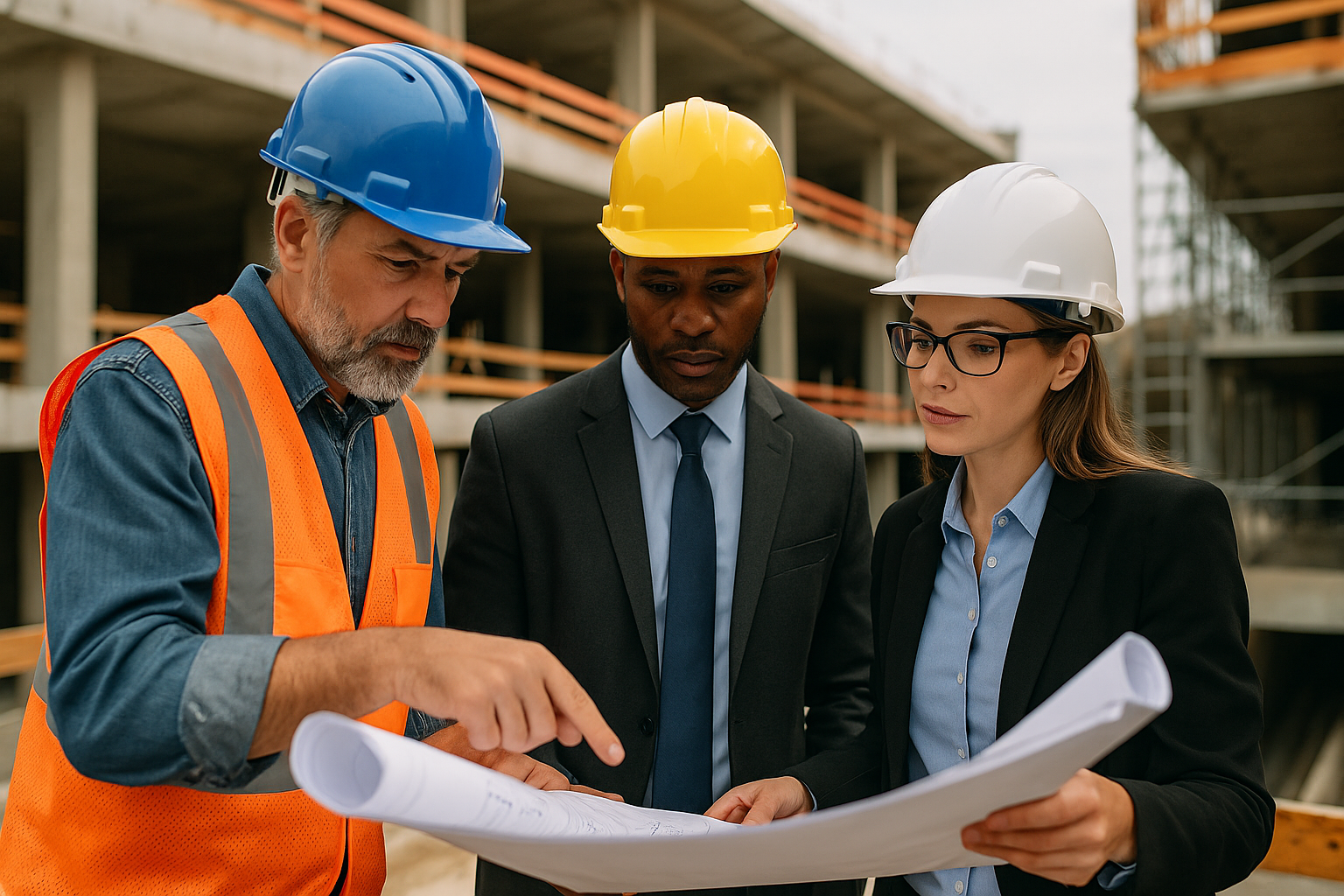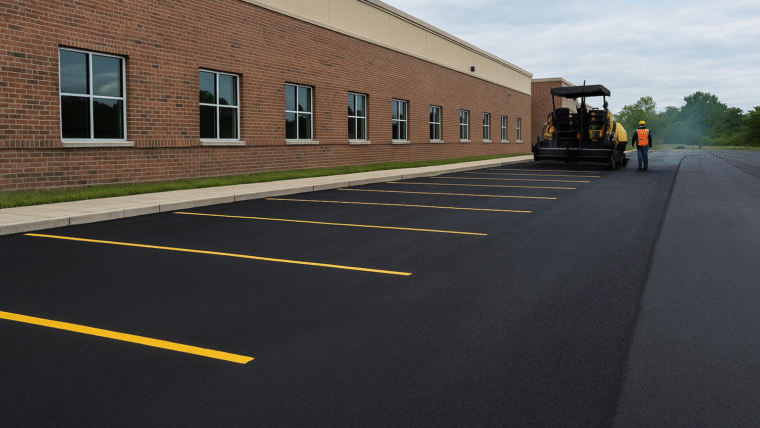Project success in the construction industry hinges on close teamwork between contractors, owners, and designers. Open collaboration enables teams to communicate expectations, anticipate issues, and maximize project value. When construction contractors work in tandem with owners and designers from concept to completion, workflows become more efficient and the outcomes often surpass initial goals.
The complex nature of modern construction demands that each party—whether responsible for funding, envisioning, or building—bring their expertise to the table as early as possible. Synergy between stakeholders often leads to cost savings, reduced risk, and superior-quality construction outcomes, benefiting everyone involved.
Collaboration is not just about reducing friction or meeting deadlines. It’s about increasing project certainty, building trust, and ensuring that both the client’s requirements and the project’s practical realities align. The following strategies detail how to harness the power of collaboration to deliver exemplary results.
Construction projects that integrate transparent communication, advanced technology, and a shared sense of purpose nearly always outperform those managed in silos. Strong collaborative foundations with experienced construction contractors are a proven route to mitigating errors, overruns, and conflict within even the most complex builds.
Table of Contents
Utilize Building Information Modeling (BIM)
Building Information Modeling (BIM) takes collaboration to a digital frontier by creating a central 3D model, accessible to all stakeholders. This tool’s visualization capabilities allow contractors to anticipate spatial clashes and designers to modify plans based on real-time feedback. Owners gain clarity into their investments’ physical and operational aspects well before the foundation is poured.
By making project data transparent, BIM significantly reduces costly errors, expedites design revisions, and enhances trust between parties. According to a study published in the Journal of Construction Engineering and Management, BIM can decrease project rework by 40% and cut total construction costs by as much as 15% for complex builds.
Establish Clear Communication Channels
Transparent and timely communication is the bedrock of coordination on any construction project. Centralized project management platforms empower teams with a single source of truth—where plans, progress, and changes are logged and shared instantly. This decreases misunderstandings, streamlines document control, and keeps stakeholders aligned with project objectives and changes.
Effective communication is not just about using the right tools. It’s about developing a culture where honesty, timely updates, and accessible information are standard. Open lines help diffuse issues before they escalate and build a climate of trust that sustains projects through inevitable challenges.

Define Roles and Responsibilities
A successful collaboration depends on clarity. When every stakeholder understands exactly what’s expected—whether that’s a specific design deliverable or a procurement deadline—teams avoid costly overlaps or gaps in accountability. Role definition is ensured through formal project plans, responsibility matrices, and detailed scopes of work agreed upon at project kickoff.
Setting clear roles and responsibilities supports accountability and enables a seamless workflow, essential for maintaining momentum, especially on larger, multifaceted builds.
Engage in Collaborative Scheduling
Developing schedules as a team, rather than in isolation, paves the way for fewer disruptions. Input from contractors, designers, and owners helps anticipate possible bottlenecks or conflicts ahead of time. When the scheduling process includes every voice, buy-in increases, deadlines become more realistic, and the number of disruptive change orders diminishes. According to a study by the Construction Industry Institute, collaborative scheduling is linked to 30% fewer project delays and better resource allocation.
Implement Regular Progress Meetings
Progress meetings act as key checkpoints throughout a project’s development. Scheduled touchpoints—weekly or at major milestones—give stakeholders a forum for raising issues, troubleshooting in real time, and collectively problem-solving. Regular check-ins nurture a sense of shared responsibility and reinforce accountability, all while enabling teams to adapt quickly to project realities.
Well-structured meetings invite open, constructive discussion and should be designed not just to review status, but to foster ongoing improvement and innovation among project teams.
Foster a Collaborative Culture
The most effective construction projects thrive in a culture of mutual respect and trust. New solutions and efficiencies naturally emerge when contractors, designers, owners, and suppliers are empowered to share perspectives without fear of blame. Team-building activities, cross-discipline workshops, and collaborative decision-making processes can all strengthen these ties.
This positive culture makes conflict resolution easier, expedites decision-making, and results in happier project teams, who are ultimately more invested in delivering great outcomes.
Final Thoughts
Construction projects of all sizes benefit when contractors, designers, and owners unite their efforts from project conception to completion. By implementing collaborative strategies such as Integrated Project Delivery, using technologies like BIM, establishing robust communication, and fostering a positive team environment, stakeholders can expect fewer disputes, on-time completion, and cost savings. The future of construction lies in the ability to collaborate, innovate, and build together.
